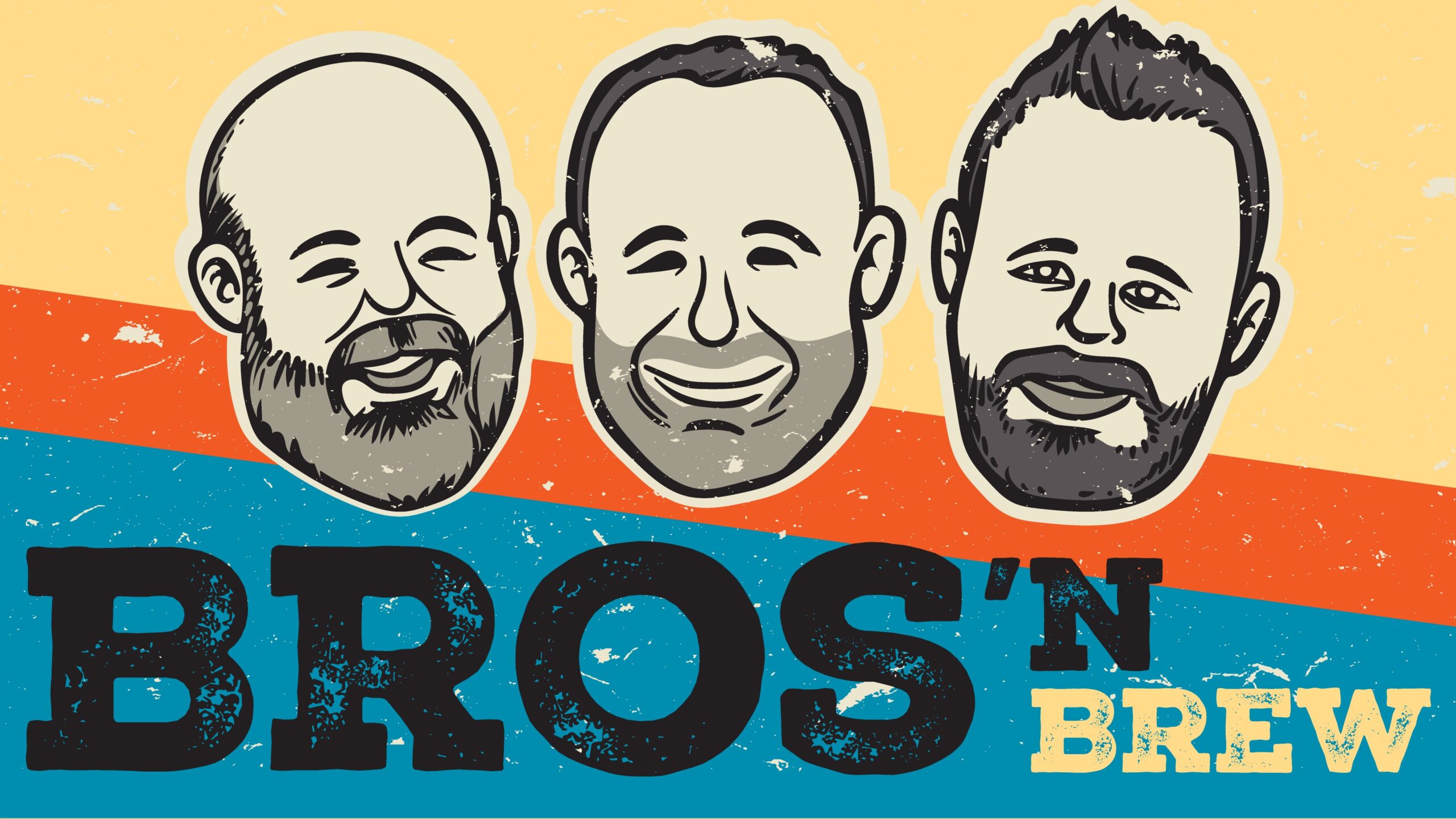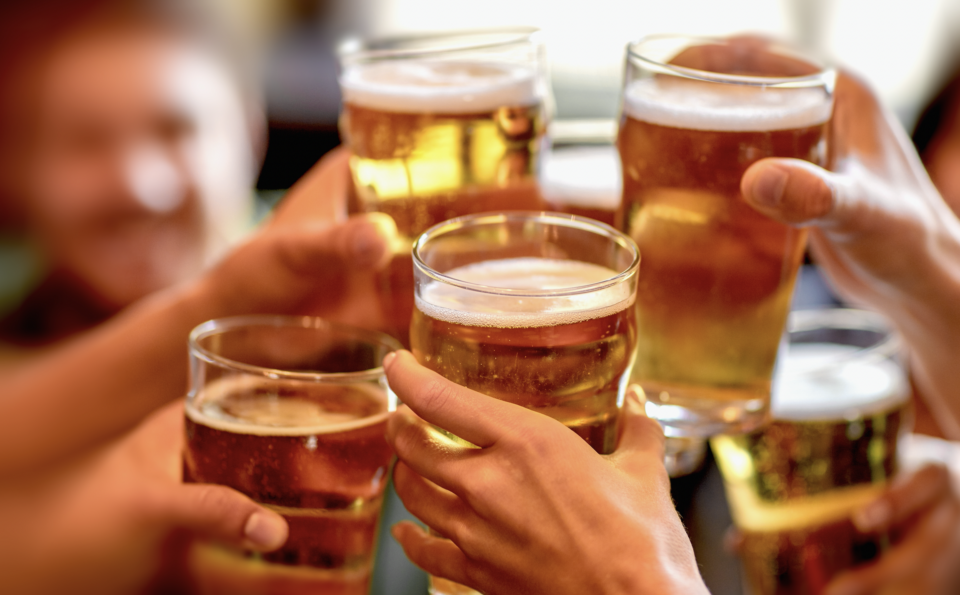The preference for ales has long dominated the landscape of American craft breweries, with an abundance of IPAs, imperial stouts, and innovative Belgian Brett concoctions gracing the shelves of bottle shops and brewpubs. Yet, until recently, the lager aficionado would have struggled to find craft lagers beyond sporadic Pilsners or Bocks. A thirst for a Helles or similar styles meant either facing the perils of lightstruck green bottles or embarking on a journey to Munich. However, a transformative shift is underway, and craft beer enthusiasts are awakening to the fact that lagers need not be synonymous with bland, fizzy beverages. As craft beer continually gains ground over macro-lagers, breweries are reclaiming the art of lager brewing.
The renowned Bavarian Reinheitsgebot, or beer purity law, is widely known for dictating the use of barley malt, hops, and water in brewing. However, the lesser-known decree of Albrecht V, Duke of Bavaria, in the wake of the Reinheitsgebot, proved more influential in shaping the trajectory of beer. This mandate restricted Bavarian brewers to producing beer only within the seven months of cold weather, between September 29 and April 23. Observations of better-tasting beer during colder months led to the preference for lager strains, as they thrived in the lower temperatures and fermentation character of lagers.
Lager fermentation differentiates significantly from ale fermentation due to the distinct species of yeast involved. While ale yeast (Saccharomyces cerevisiae) thrives at warmer temperatures, lager yeast (Saccharomyces pastorianus) prefers colder conditions. Lager yeasts’ ability to metabolize sugar melibiose and their characteristic suppression of fruity esters and phenols create a distinct flavor profile. Lager brewing and fermentation require patience and skill, with the reward of a refined, malt-forward, and clean-tasting beer.
Lagers, historically overshadowed by ales, are experiencing a resurgence among American craft brewers. The diverse range of lager styles includes classic European types such as Pilsner and Bock, along with newer American adaptations like California common lagers and innovative hybrid creations. Craft breweries are breaking free from the confines of traditional German brewing laws, blending established lager traditions with modern creativity. This evolution underscores the dynamic and exciting nature of contemporary beer production and consumption in the United States.

